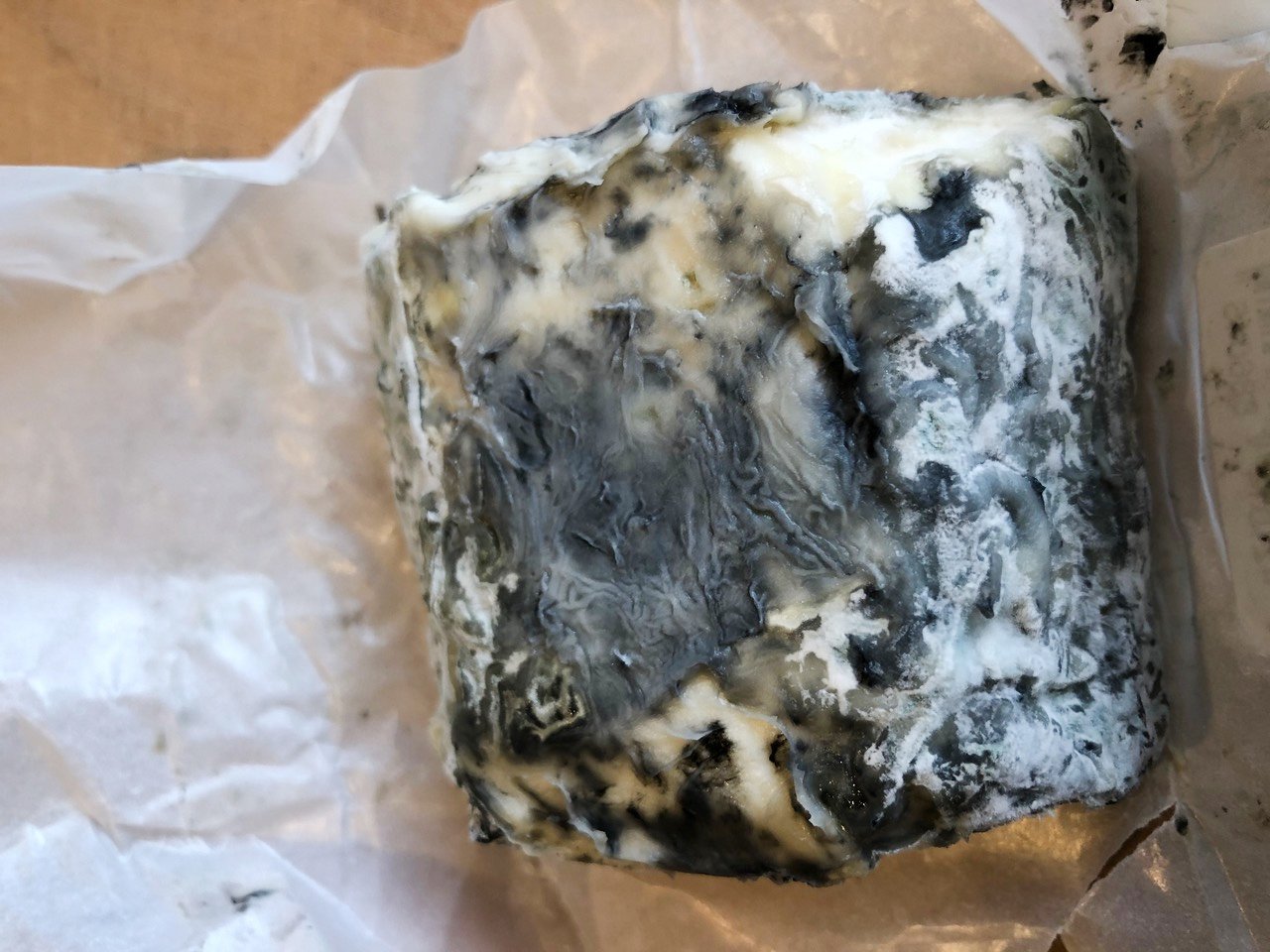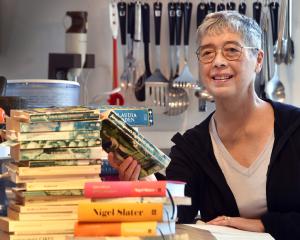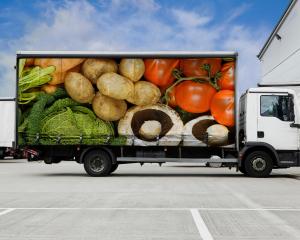

I certainly didn’t expect that so I sent a photo to the cheesemaker. They replied the mould was safe to eat and didn’t affect the taste.
The cheese had been made a while ago as the animals were not milked over winter. However, there was no best-before or even a packed-on date on the packaging.
Although disappointed, I cut the mould off and enjoyed the cheese - it tasted similar to the sample I’d tasted in the shop.
However, it set me wondering about both wanted and unwanted mould on cheese, so I spoke to Prof Phil Bremer, of the University of Otago department of food science, and Ryan High, a food chemist specialising in cheese who was completing his PhD.
Moulds can be classified either as yeasts or fungi, according to Prof Bremer. Yeasts are single-cell organisms, such as those used in making bread, beer and wine.
Fungi are multicellular and form a network of mycelium that is usually visible, such as mould. Fungi reproduce by spores - if you drop a mouldy orange or piece of bread you can often see small black specks fly up. These are the spores.
Fungi is resistant to harsh environmental conditions, such as cooking and acidic or dry conditions. Some produce toxins or are known to be carcinogenic.
But not all fungi are detrimental.
Beneficial ones are used to produce food such as miso, soy sauce and tempeh, or kombucha and, of course, some cheeses.
High explained that different moulds are used in the production of blue cheeses, white mould cheeses such as camembert and brie, and surface mould-ripened or washed-rind cheeses such as taleggio, compte and reblochon.
To make blue cheese, cheesemakers poke holes in the wheel of cheese with stainless steel wires. This not only inoculates the blue mould spores into the cheese but also opens pathways for oxygen to get in so the mould can flourish.
With white mould cheeses, the velvety bloom grows on the outside from culture added to the curd.
They are usually wrapped in paper rather than vacuum packed as the mould needs oxygen to flourish.
Cheese can vary with milk from different animals - cow, sheep, goat or even deer - and the different ratios of fat to protein, but there are many other steps cheesemakers can take to give the cheese a distinct varietal.
High explained that even the shape of the cheese, whether it is a flatter or taller cheese, and the distance from the inside to the outside of the cheese has an impact on the way the cheese develops, its moisture levels and whether oxygen can penetrate. Even the way you cook or cut the curds will have an impact on the moisture of the cheese.
The best-before date is often the time that a soft cheese - a camembert or brie - is at its best, but some people like it ripened further; it all depends on your taste.
If the cheese has been made by a reputable company and the milk is pasteurised it should be OK, Prof Bremer says.
But when it comes to moulds you don’t expect - such as the grey furry mould on the cheese I bought or a bluish white or orange mould on a cheddar, or any other food for that matter - there’s a general rule of thumb, according to Prof Bremer.
If it’s a hard product such as a hard cheese, a whole loaf of crusted bread, or a hard vegetable like a pumpkin, you can cut the mould out and a centimetre all around it, and the rest will probably be OK, he says.
"For softer food such as jams where there’s the potential for the toxin to have migrated, current thinking is it’s best to throw them out. I know a lot of people, including myself used to scoop the top off, but the current recommendation is it’s not worth the risk - the long-term consequences are unknown."













